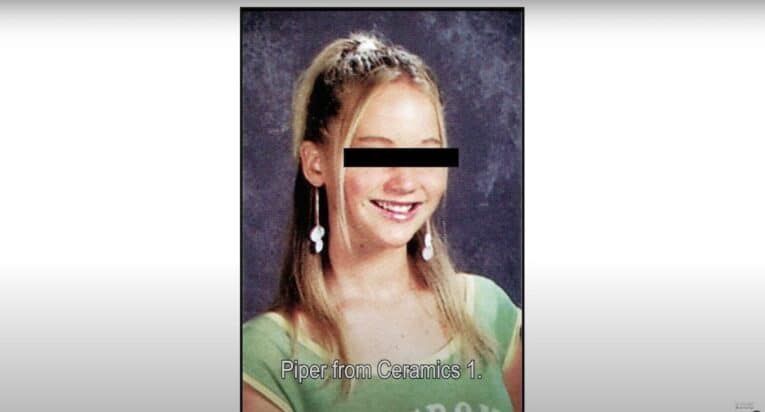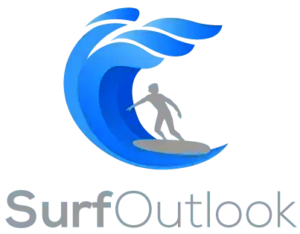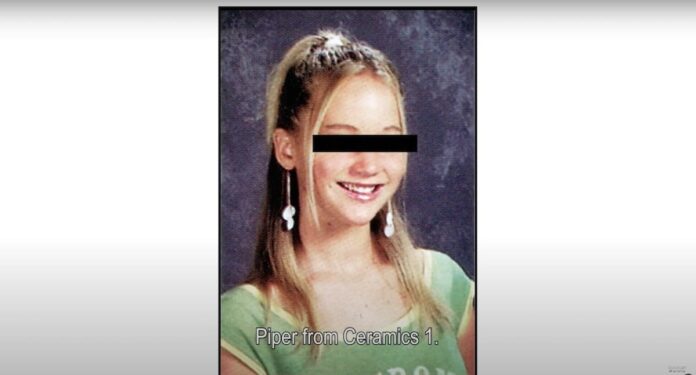
A wild Malibu romp with Cousin Pete, Steven, and
our hero, the surf journalist maestro Jamie Brisick.
“Buckin’ Broncos” is the happy byproduct of about two
decades of memoir/personal essay writing that started over a
lunch with my then-agent who asked about my surfing life.
I elaborated, and at the end of my rant he said, “You know, you
should really write a memoir, a surf-family memoir.” So I went
home, rolled one of the spliffs that I smoked every evening at that
time, and began writing what for many years I framed as my failed
memoir, but now just think of as my daily
self-examination/check-in/interrogation.
Which is to say that the memoir in its completed form has yet to
be published. But as the brilliant writer John Jeremiah Sullivan
once wrote (I’m paraphrasing), ‘There’s no such thing as wasted
writing.’ Or the artist Paul Chan, who I interviewed in 2015, told
me, “I’m starting to see how success is its own form of
failure.”
Or as Bob Dylan sings in “Love Minus Zero”: She knows there’s no
success like failure / And that failure’s no success at all.
I sort of became my own therapist, writing scenes from imagined
therapy sessions, in which I’d ask myself, “Just what the fuck are
you trying to say here?” Loads of fun. It then blurred into
fiction, and here you have “Buckin’ Broncos,” as well as about 100
other entries of this sort, which I plan to make into whimsical,
idiosyncratic micro films.
I was thrilled to work with Quinn Graham, who’s made some
excellent films with the surfers Frankie Harrer and Taro Watanabe.
And Charlie Smith of Cruise Control Contemporary, my dear pal and
sometimes therapist. And Davis and Skylar Diamond, whose duo, Very
Nice Person, soundtracks, and who ride 88 soft tops, usually
finless, lots of sideways drifting. And so it’s friends, making,
toying, experimenting.
Hoping to do a lot more like this.
Oh, and the memoir. Here’s a passage that takes place right
around the time referenced in “Buckin’ Broncos”—
I can’t remember my first wave or first contest victory, but I
can recall in vivid detail the sadistic glint in Barron Burns’s
eyes the time he ran off with some valley girl’s joint, sucked it
into his lungs until he could suck no more, and then stomped it
into the sand with his bandana-wrapped motorcycle boot. I can see
the cluster of surfers straddling their boards and the chocolaty
barrels roping across First Point during the El Niño winter of 1983
when streets flooded, cesspools overflowed, and “Warning:
Contaminated Water” signs dotted the bombed-out beach. I can taste
the pepperoni pizza and Coors from plastic cups and even remember
snippets of dialogue at the salad bar the night Brett Thomas and I
got hammered at Straw Hat after the WSA Malibu Invitational.
Waves disappear as quickly as we ride them. There are no goals,
hoops, or sidelines to give definition, make things cut and dried.
Surfing is mercurial—try and hold it in the hands for close
inspection and it seeps between the fingers, leaving only
fragments, glimmers.
Cousin Pete, Steven, and I are out at Topanga Point on a minus
low tide afternoon, the six-foot faces steep and hollow, the kelp
so thick you could almost walk on it. We look down towards Chart
House, which is as much a myth as it is a surf spot. There are
world-class waves in Los Angeles County but they reveal themselves
only when swell, tide, wind, and moon align perfectly.
Three-hundred and sixty-two days a year you’d drive past and never
imagine that these points actually break, but those few days that
they come together they’re magic, the kind of waves that end jobs,
disrupt Thanksgiving dinners.
We see a small cluster of surfers huddled around the
boulder-strewn point that gets its name from the restaurant on the
headland and decide to run down and check it out. The waves are
shoulder-high and spiraling and the guys riding it are different
from the ones we know from Malibu, Topanga, Zuma. Not only are
their styles more hunched over and low to the board, but their
black wetsuits and beaten single fins suggest underground/off
radar, which parallels the fact that they’re all about the tube,
which is a kind of hiding unto itself.
We’ve never surfed this type of wave, but because the guys shout
words of encouragement, and the whitewash is knocking at our knees
and threatening to drag us over the rocks, we jump in. It’s less a
paddle out than a single stroke into position. There’s a primordial
quality to the lineup: the creepy-crawly sand crabs that nip at our
toes, the briny smell of the barnacle-encrusted rocks not fifteen
feet away, the currents and eddies that slosh us to and fro, the
slurp of water crashing on sand.
Cousin Pete, Steven, and I get heavily tubed for the first time,
a major rite of passage. The tube is surfing at its apex. It
features in every movie and magazine, but pictures don’t do it
justice. It’s tough to describe, but I’ll try.
Aquamarine water sucks up the face and turns snowy white at
twelve o’clock then pitches out and envelopes you in a kind of
liquid womb. Your rear fingers graze the upward-surging water and
your front fingers aim for the exit. Your board slithers across the
whirl as the guillotine lip slaps the wave face in primal gasps and
exhalations. And once you’ve got your line, you just sort of sit
back and enjoy the view. It’s more like meditation than sport.
While the crescendo moments in baseball or basketball, for
instance, involve grand slams or slam dunks, this tube, this
intimate exchange with Mother Nature, is virtually effortless.
We get tube after tube after tube. It connects with that
childlike attraction to crawl spaces, tree forts, hiding under
tables. It’s also beautiful: the streaks of pinks and purples in
the sky, the shimmer of emeralds and golds on the wave face, the
cascading lip that’s everything a Tiffany’s window display aspires
to.
We surf till the sky’s nearly pitch black then run back up to
Topanga to catch the bus to Cousin Pete’s house in West LA.
We travel with our boards wrapped in sleeping bags, inviting
questions and putting us in a kind of ambassadorial role. By the
time we get to our stop on Pico and Doheny we’ve explained to a
pair of Latino grandmothers from Silver Lake that the wax goes on
the deck and not the bottom, that fins give holding power and help
us turn, that the North Shore of Oahu gets twenty-five-foot waves
in winter and
Yes, we do plan to ride them one day.





